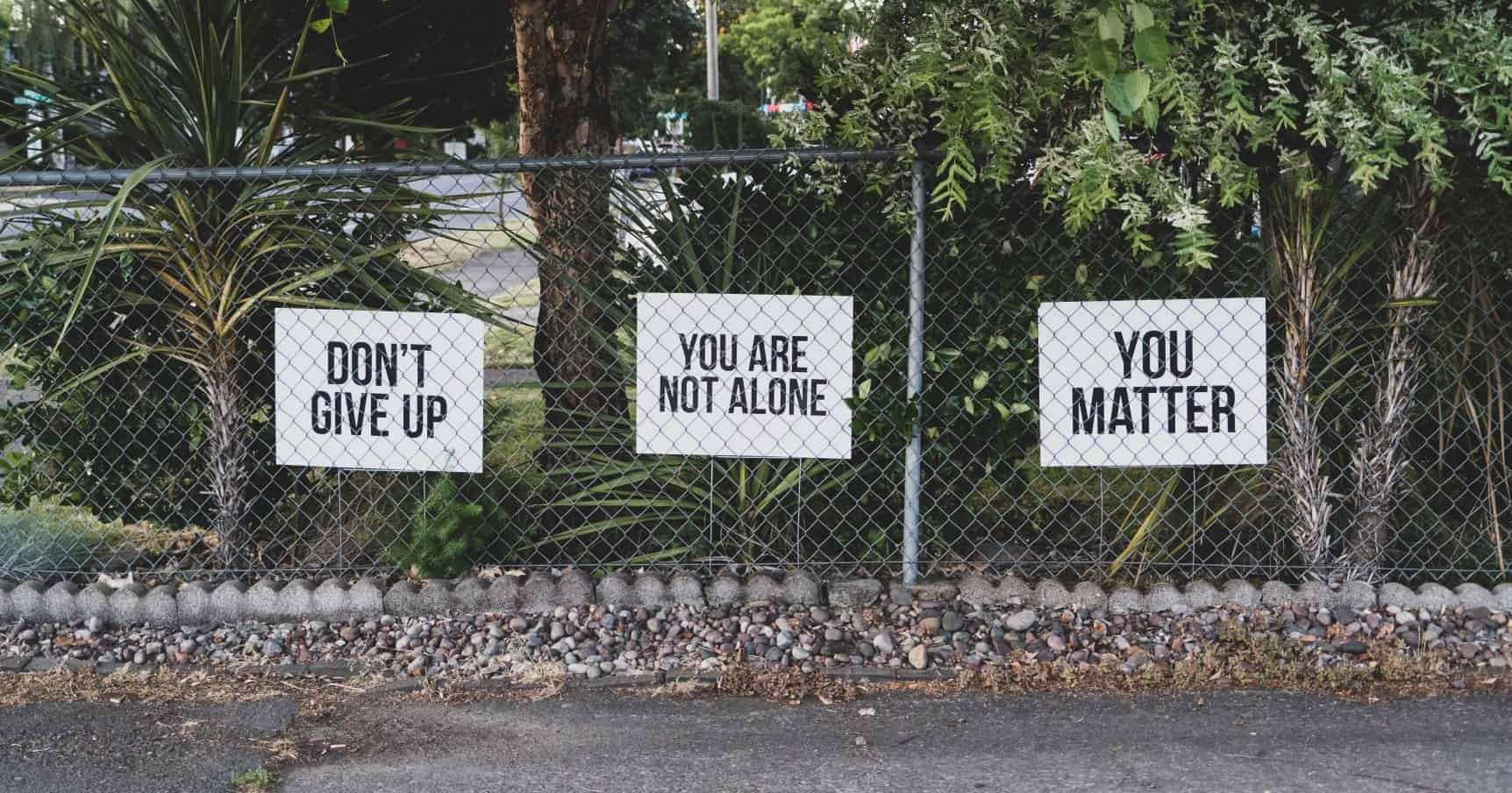How To Develop a Mental Health Risk Plan
It’s June 2021 and Victorians are emerging from yet another COVID-induced lockdown and all the associated side effects business closures and working from home create. So, now is as good a time as any for businesses to develop a mental health risk plan for the wellbeing of all their staff, customers and suppliers.
In terms of business risk, mental health is unique and challenging. Stigma and shame are all too often associated with mental health – which makes disclosure hard…
When the pandemic first hit Australia (way back in March 2020) Nuffield Group developed a guide to help businesses step through the process of developing a Mental Health Risk Plan specific to their organisation. The guide used a risk management framework approach to show businesses how to develop a mental health risk plan. You can get a copy here.
Mental health hazards and their associated risks are usually considered as ‘Headline Risks’ and it is incumbent on an organisation to ensure these risks are managed with appropriate and effective governance processes.
It is important to document the ‘What, How and Why’ for each hazard but first you need to:
- identify the mental health hazards (internal and external)
- describe the identified hazards & add them to your risk register
- evaluate the mental health hazards
- determine the actions required in response to the hazards
In this framework using your risk register allows you to not only understand the risks and the controls you’ve identified but to track any actions and progress made in implementing controls.
An example of an appropriate risk register is available in the guide provided here.
Remember, a healthy workplace that supports the mental health of its employees should include the following:
- Prioritising mental health by providing mental health education for all employees to raise awareness, increase understanding and encourage open discussion
- Encouraging a trusting, fair and respectful culture so employees at all levels can interact with honesty and respect with colleagues, suppliers, customers, and the public
- Ensuring open and honest leadership which gives employees a sense of shared purpose in the goals of the organisation
- Developing good job design by matching job roles to people’s skills and abilities, ensuring they are physically safe and offer working arrangements that suit employees
- Managing workload by setting tasks that can be accomplished successfully in a reasonable time, using readily available resources
- Offering employees an environment where 2-way feedback is encouraged, acknowledged and rewarded
- Ensuring employees feel included and have control of the way they work and input to the important decisions of the organisation
- Recognising the importance of successfully integrating work with life and provide employees the opportunity to manage the demands of work, family, and personal
- Enabling managers and business leaders to be responsive to employees’ mental health conditions, regardless of cause, and letting them make adjustments to work and counselling support as required
Using a risk management framework to develop a mental health plan for your business is a great resource which can (and ideally should) be supplemented by the support resources available from the many Mental health charities we have in Australia. These are particularly useful for implementing mental health plan controls and understanding some of the unique challenges mental health creates. Check out:


 Photo by Dan Meyers on Unsplash
Photo by Dan Meyers on Unsplash Tim Mossholder @ Upshot
Tim Mossholder @ Upshot